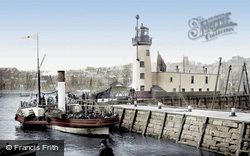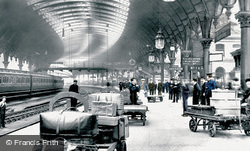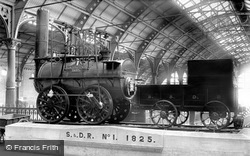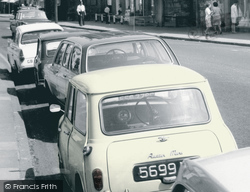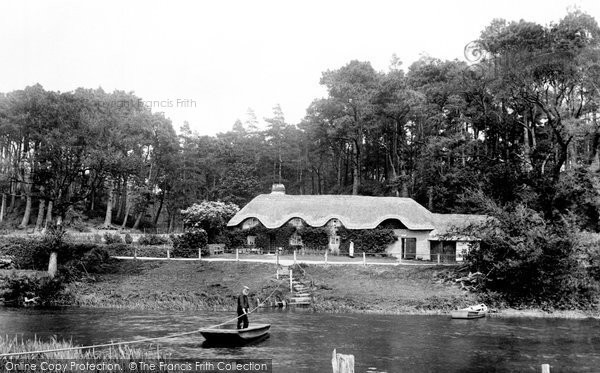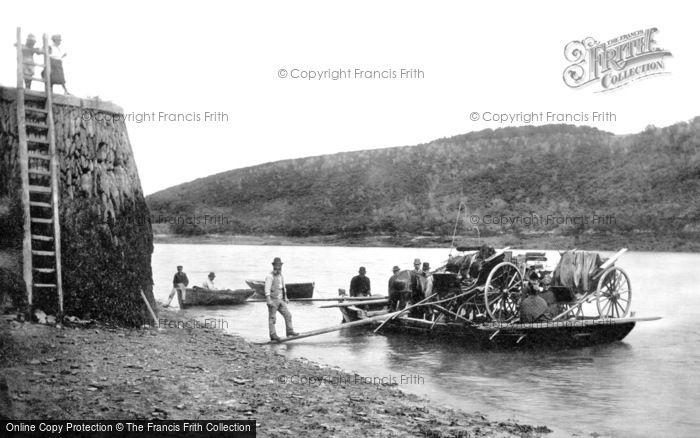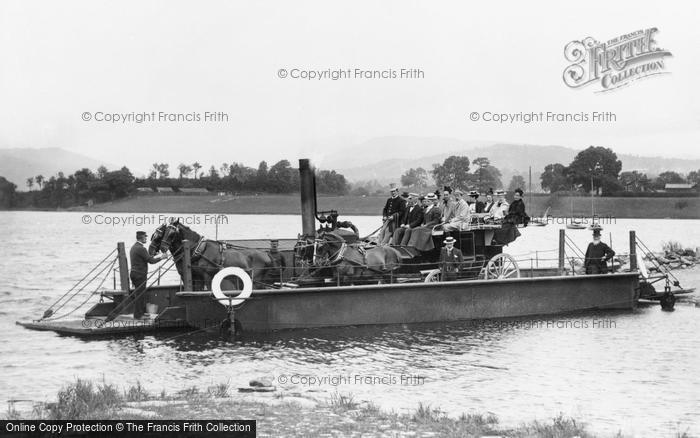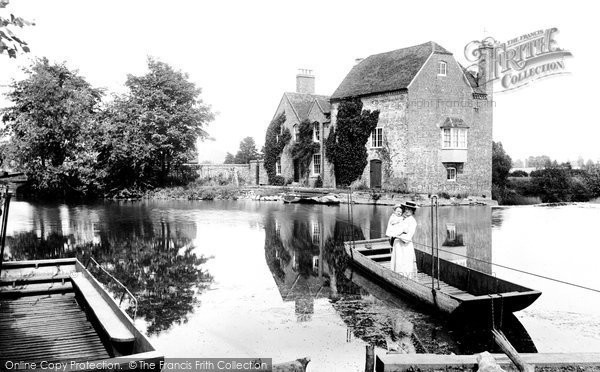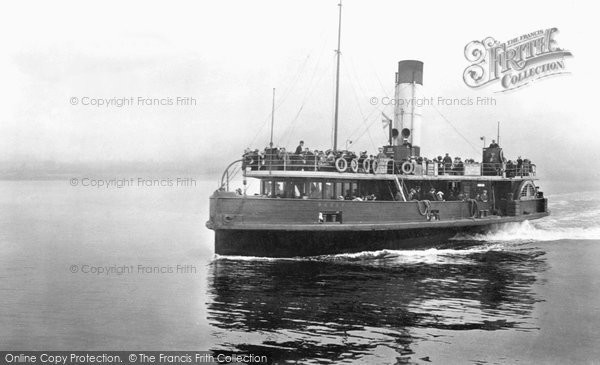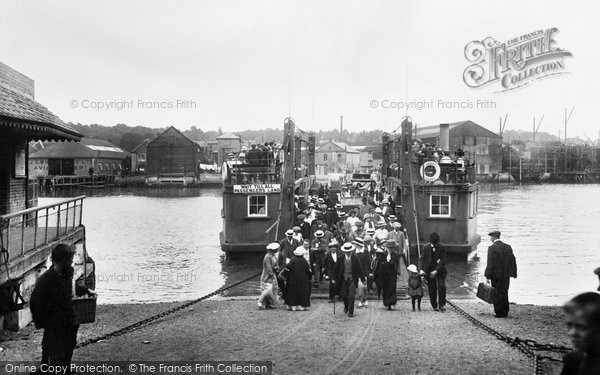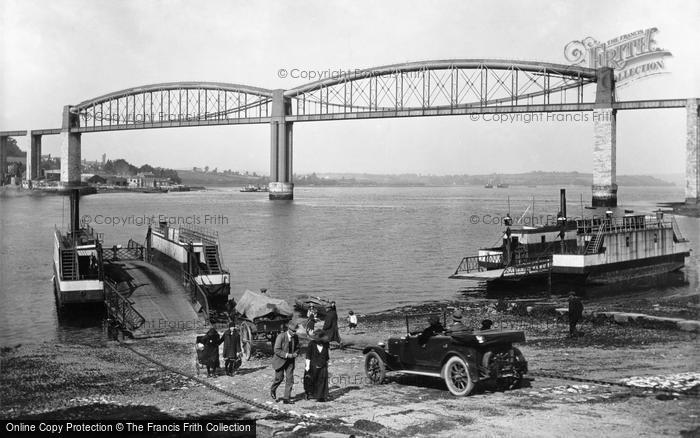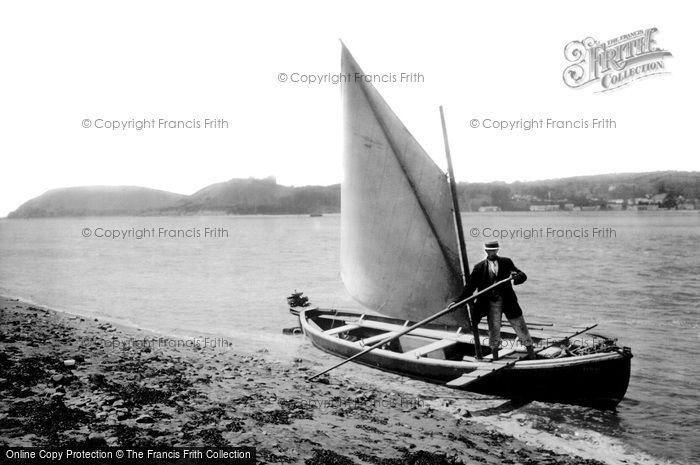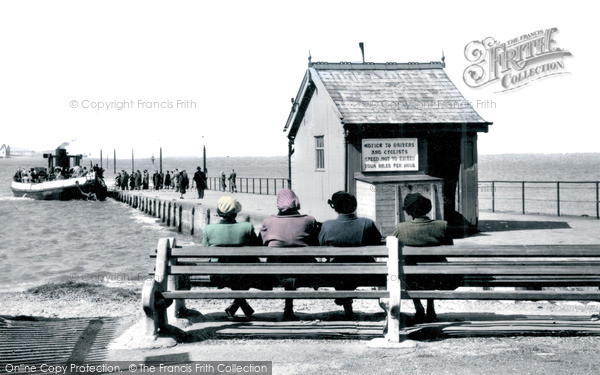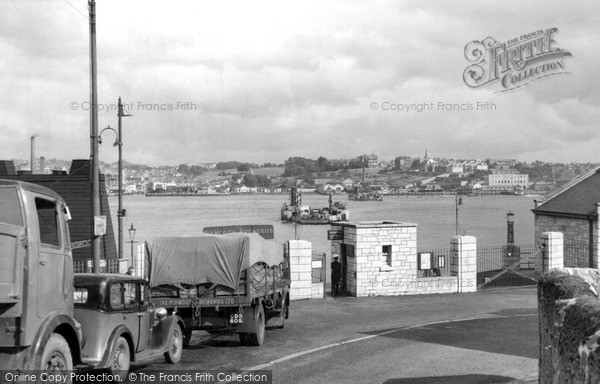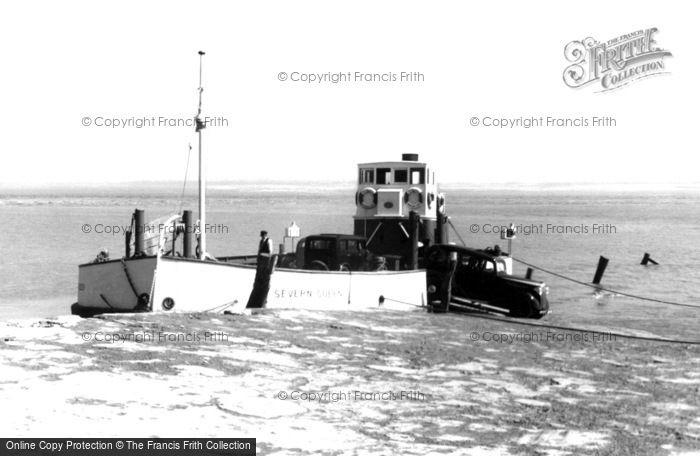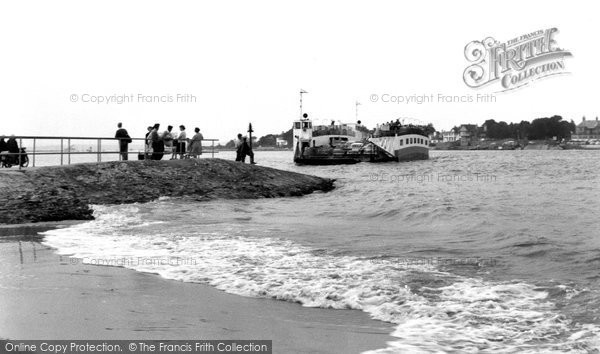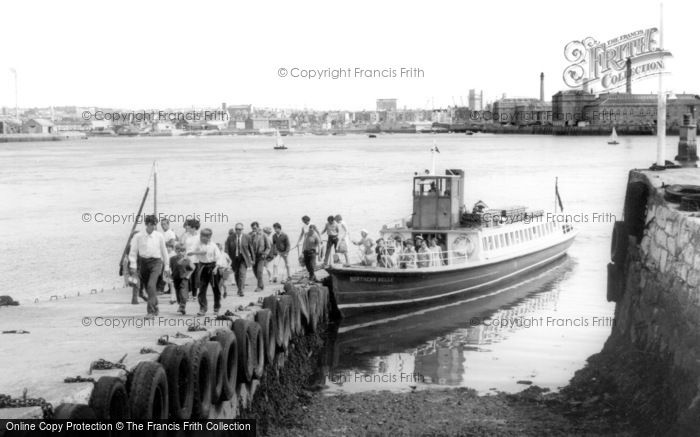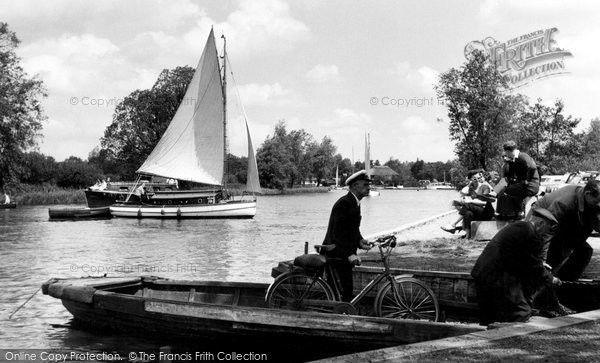Ferry me across the water
Published on
October 22nd, 2017
'Ferry me across the water, Do, boatman, do.'
Inspired by this line from Christina Rossetti's poem is a special selection of our photographs from days gone by of ferries, ferrymen and their passengers.
Christchurch in Dorset stands on two rivers, the Stour and the Avon. Here we see the ferryman at Blackwater pulling the ferry across the water by the very ancient method of using a rope as a means of propulsion.
'Ferry me across the water, Do, boatman, do.'
'If you've a penny in your purse, I'll ferry you.'
'I have a penny in my purse, And my eyes are blue;
So ferry me across the water, Do, boatman, do.'
'Step into my ferry-boat, Be they black or blue,
And for the penny in your purse, I'll ferry you.'
Poem by Christina Georgina Rossetti.
The King Harry Passage on the Fal at Trelissick was already an ancient crossing when this ferry was providing an important link to St Mawes and the Roseland peninsula. It was not easy to first get horses and vehicles on board and then row across the river. This photograph must date from the very last days of the old horse boat, because a new steam chain ferry was introduced in 1889; one of its successors still runs.
The Bowness ferry carries a coach and four across Lake Windermere. The horses are steadied from the front by the ferryman, and the driver holds the reins in case the animals bolt: it is a chain ferry, drawn through the water by a steam-driven boat alongside, so a sudden hiss might startle the team. The well-to-do passengers silently contemplate the sublime fells made famous by the poet Wordsworth, enjoying the broad, breezy prospects.
Situated on the River Avon in Worcestershire, Cropthorne Mill has often attracted the attention of artists and photographers. The woman and child are crossing the river by way of a chain ferry, pulling themselves across on a fixed cable – almost the oldest form of regular river crossing in England.
The Egremont ferry started in 1835 from a small pier, and was taken over by Wallasey Corporation in 1862. A more substantial pier was built in 1876, which was replaced in 1909 just before our photograph was taken. The early corporation ferries were paddle-steamers, as is this one here. As there were two separate corporations running their parts of the ferry system, you could tell the corporation the boats belonged to by the funnel colours. There were eight piers and ferry points on the Wirral side of the river at the time of our photograph, including the one at Egremont.
This ferry at Cowes on the Isle of Wight, known as a chair ferry or floating bridge, is the only way of crossing the long inlet of the Medina. The alternative is a lengthy detour inland as far as Newport.
When this photograph was taken in 1924, for travellers to Cornwall, crossing the broad, sweeping waters of the River Tamar deepened the sensation that they were entering a foreign land. Some took the chugging chain ferry, and others rattled over Brunel's curious bridge in the carriages of the Great Western Railway, built in 1859. The earliest record of a ferry here dates from 1337. In 1832 a consortium led by the Earl of Morley established the first steam ferry. The vessel in this picture came to a sad end - it was sunk off Portreath while being towed to Wales after being sold.
The man seen pushing off from the shore here, his sizeable skiff equipped with both sails and outboard engine, is no fisherman. By the look of the boarding plank and the amount of seating, he is more likely to be a ferryman. He would need both sources of power to manoeuvre across the dangerous currents of the River Towy, whilst carrying his passengers across from Ferryside to Llanstephan.
We just love this one! Taken from the end of the promenade by the Bourne Arms, the scene shows the once-busy steam ferry arriving from Fleetwood across the Wyre estuary.
The lorry at the head of the ferry queue is probably taking empties back to the Plymouth Brewery near Halfpenny Bridge in Stonehouse. Fondly remembered by older drinkers, Plymouth Brewery was eventually taken over by Courage; after that, the beer never tasted quite the same.
Prior to the building of the Severn Bridge, which now sweeps above the peninsula of Beachley Point, this little powered ferry carried small vehicles across the Severn to the outskirts of Aust
on the eastern bank.
The lifeline between Poole and Purbeck, crossing between Sandbanks (right) and Shell Bay (left), is the Floating Bridge. 'Ferry No.1', dating back to the inauguration of the service in 1926, was supplemented by postwar 'Ferry No.2' in the 1920s. The first tended to break down and the second could only carry eight cars. In the picture is the much larger 'Ferry No.3' - they were otherwise unnamed - which was built by J Bolson and Son Limited of Poole. She came into service in 1958.
Foot passengers disembark from the ‘Northern Belle’, which maintains an ancient link across the lower Tamar between this quay on the Rame peninsula and Admiral’s Head in Stonehouse, Plymouth.
The punt-like chain ferry still plies between Horning village and Woodbastwick Nature Reserve. The ferryman on the right grips the guiding chain to steady the boat while a passenger disembarks, and a second passenger waits with his bicycle. We hope you have enjoyed this feature and are encouraged to search and rediscover places you love in our photographs!
Join the thousands who receive our regular doses of warming nostalgia!
Have our latest blog posts and archive news delivered directly to your
inbox.
Absolutely free. Unsubscribe anytime.



